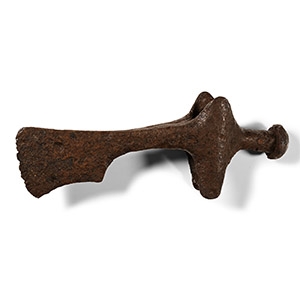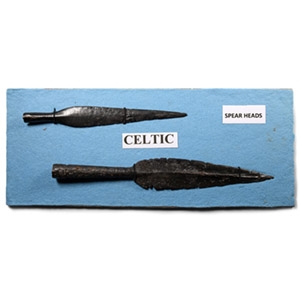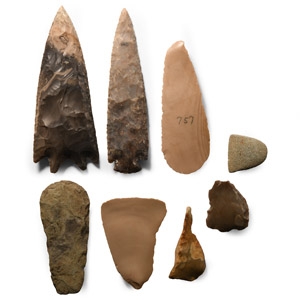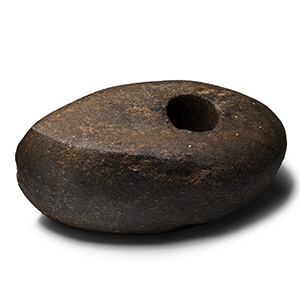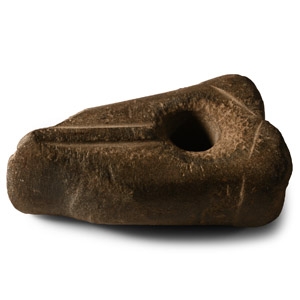Home > Auctions > 3 - 8 September 2024
Ancient Art, Antiquities, Natural History & Coins
Auction Highlights:
From a specialist collection of militaria, London, UK, collected 1990s onwards.
Accompanied by an academic paper by military specialist Dr Raffaele D'Amato, dated 15 July 2019 and titled 'Eastern Roman Empire - Greek Fire Bomb or Hand Grenade (μεσαίον kακάβιον) 9th-11th century AD'.
Cf. Arendt, W. I., Granaten des 13-14. Jahrhunderts, die an der Wolga gefunden sind, Zeitschrift fur Historische Waffen-und Kostumkunde, 11 (1926-8), p.42; cf. Arendt, W., Die Spharisch-konischen Gefäße aus Gebranntem Ton, ibid; cf. Ayalon, D., Gunpowder and Firearms in the Mamluk Kingdom, London, 1956, p.16.
Apart from the use of siphons or manual flame-throwers called cheirosiphona, special corps of Roman soldiers employed terracotta grenades, in the form of small jars, abundantly evidenced in archaeological excavations. They were called μεσαία kακαβιά or κυτροκακάβια where the former had a bulbous shape and the latter a more cylindrical form.
UK private collection before 2000.
Acquired on the UK art market.
Property of a London gentleman.
Cf. Furtwängler, A., Olympia. Die Ergebnisse der von dem Deutschen Reich veranstalteten Ausgrabung, Band 4. 2 Bände (Textband, Tafelband), Berlin, 1890, pl.LXIV, nos.1076, 1079, 1082, 1083, 1086, 1090; Sekunda, N., Marathon 490 BC, The first Persian invasion of Greece, Oxford, 2002, p.60.
In Greek warfare archery was mainly employed by Scythians and Cretans for longer-ranks. Both used composite bows made of wood, horn, bone and sinew.
Found Hertfordshire, UK.
From a military inspired collection formed from the 1990s.
Accompanied by an academic paper by military specialist Dr Raffaele D'Amato, dated 15 July 2019 and titled 'Eastern Roman Empire - Greek Fire Bomb or Hand Grenade (μεσαίον kακάβιον) 9th-11th century AD'.
Cf. Arendt, W. I., Granaten des 13-14. Jahrhunderts, die an der Wolga gefunden sind, Zeitschrift fur Historische Waffen-und Kostumkunde, 11 (1926-8), p.42; cf. Arendt, W., Die Spharisch-konischen Gefäße aus Gebranntem Ton, ibid; cf. Ayalon, D., Gunpowder and Firearms in the Mamluk Kingdom, London, 1956, p.16.
Apart from the use of siphons or manual flame-throwers called cheirosiphona, special corps of Roman soldiers employed terracotta grenades, in the form of small jars, abundantly evidenced in archaeological excavations. They were called μεσαία kακαβιά or κυτροκακάβια where the former had a bulbous shape and the latter a more cylindrical form.
From the private collection of a London gentleman, from his grandfather's collection formed before the early 1970s.
Cf. Sedov, B.B., Finno-Ugri i Balti v Epokhi Srednevekovija, Moscow, 1987, plate LII, item 15.
The more commonly used weapons of the Finno-Ugrian people were axes, commonly found in all Finnic areas, as well as spears. Iron axeheads of this typology show a sub-trapezoidal asymmetrical blade.
From the collection of the famous author, writer and speaker, Gordon Bailey, Essex, UK; formed since 1968.
Cf. Allen, S., Celtic Warrior 300 BC-AD 100, Oxford, 2001, p.31, for similar.
In the Celtic world the spear was the primary weapon and symbol of a warrior. The Greek historian Strabo comments that the Celts carried two types of spear: a larger, heavier one for thrusting; and a smaller, lighter javelin that could be both thrown and used at closed quarters.
From a collection acquired on the UK art market from various auction houses and collections mostly before 2000.
From an important Cambridgeshire estate; thence by descent.
From a collection acquired on the UK art market from various auction houses and collections mostly before 2000.
From an important Cambridgeshire estate; thence by descent.
Cf. MacGregor, A., (ed.) Antiquities from Europe and the Near East in the Collection of Lord MacAlpine of West Green, Oxford, 1987, item 6.19.
From a collection acquired on the UK art market from various auction houses and collections mostly before 2000.
From an important Cambridgeshire estate; thence by descent.
Found Southern France.
Acquired on the UK art market in the 1970s.
From the collection of famous UK musician and amateur archaeologist, Victor Brox (1941-2023), formed in the 1980s-1990s.
From the private collection of an East Anglian, UK, collector.
From a collection acquired on the UK art market from various auction houses and collections mostly before 2000.
From an important Cambridgeshire estate; thence by descent.
Found Twydall, Kent, UK.
Richard Jones collection, Welling, Kent, UK, 1912-1915.
Ex Rochester Museum, Kent collections.
Specialist collection of J Edwin Jarvis.
Ex Martin Schoyen collection, London, UK.
Accompanied by a copy of an article on the site at Twydall.
The Twydall finds are discussed in Beresford, F.R., Palaeolithic Material From Lower Twydall Chalk Pit In Kent: The Cook And Killick Collection, in Lithics, Vol.39, 2021.
1177 - 1188 of 3369 LOTS

.jpg)

.jpg)
.jpg)
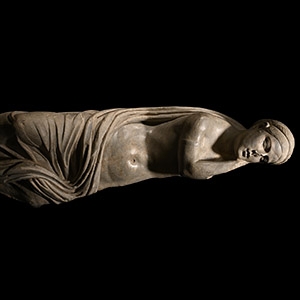
.jpg)
.jpg)

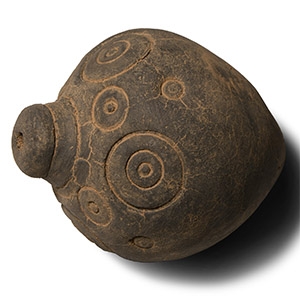
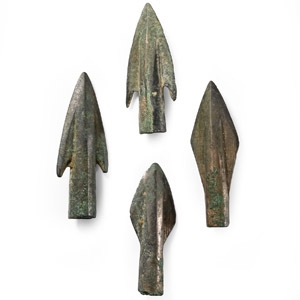
.jpg)

